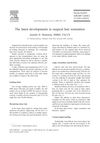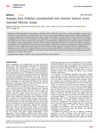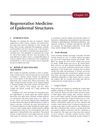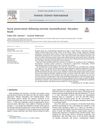Scalp Surgery: Anatomic and Biomechanical Considerations
September 2001
in “
Dermatologic Surgery
”
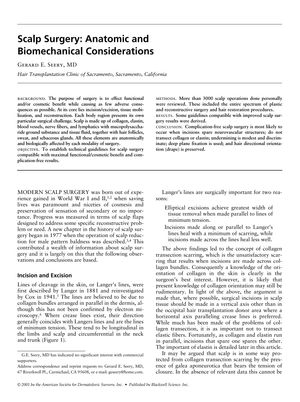
TLDR The document concludes that following specific surgical guidelines can improve scalp surgery results and reduce complications.
The document summarizes findings from over 3000 scalp operations, providing guidelines for scalp surgery to optimize functional and cosmetic outcomes while reducing complications. Key points include making incisions along Langer's lines to minimize scarring, preserving hair orientation to prevent follicle damage, sparing scalp vasculature to ensure flap survival, and noting that male pattern baldness may affect blood supply and transplant success. The author recommends against extensive undermining, advocating for judicious use and deep plane fixation to manage tension during wound closure. The technique of deep plane fixation is highlighted for allowing more tissue removal and tension-free closure, increasing excision by 50% and improving scarring and postoperative pain. The paper also discusses the challenges of scarring and hair orientation, suggesting micropigmentation for scars unsuitable for surgical revision and emphasizing the importance of considering hair direction and minimizing tension for optimal surgery outcomes.
